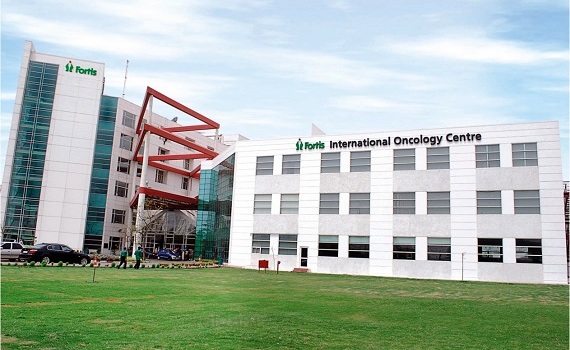Meniscal Repair Treatment in India
treatment
starting from
Introduction
The knee joint is one of the most complex and crucial joints in the human body, responsible for bearing weight and facilitating movement. Within the knee, there are two wedge-shaped pieces of cartilage called menisci. These menisci act as shock absorbers and provide stability to the knee during various physical activities. However, due to injury or wear and tear, meniscal tears can occur, leading to pain, limited mobility, and potential long-term complications.
In this blog, we will explore meniscal repair, its significance in preserving knee function, and how it helps individuals regain their active lifestyles. Let's dive into the details of this essential knee-saving procedure.
Understanding Meniscal Tears
Meniscal tears are common knee injuries, particularly in athletes and individuals engaged in physical activities that involve sudden twists or pivots. These tears can occur in various shapes and sizes and are classified as:
1. Radial Tears: These tears run from the inner to the outer edge of the meniscus and are known for their potential to heal on their own.
2. Horizontal Tears: These tears occur parallel to the meniscus' surface and can affect the knee's stability, necessitating surgical intervention.
3. Flap Tears: Flap tears are caused by a part of the meniscus folding over, resulting in pain and limited mobility.
4. Bucket Handle Tears: This type of tear involves a large portion of the meniscus being displaced into the joint, causing significant knee locking and requiring immediate medical attention.
The Meniscal Repair Procedure
Meniscal repair is a surgical procedure that aims to mend the torn meniscus, preserving its function and preventing further damage. The primary goal of this procedure is to enable the meniscus to heal naturally, restoring its vital role in maintaining knee stability. The surgery is typically performed using minimally invasive arthroscopic techniques, which involve smaller incisions, reduced scarring, and faster recovery times compared to open surgery.
The procedure generally consists of the following steps:
1. Anesthesia: Before the surgery, the patient will be administered either general anesthesia or regional anesthesia to ensure they are comfortable and pain-free during the procedure.
2. Arthroscopic Examination: The surgeon inserts an arthroscope, a thin, flexible tube with a camera attached, into the knee joint through a small incision. This allows the surgeon to assess the extent of the meniscal tear and identify any other potential issues within the knee.
3. Meniscal Repair: Based on the type, size, and location of the meniscal tear, the surgeon will utilize specialized surgical instruments to suture or reattach the torn edges of the meniscus.
4. Closure: Once the repair is complete, the incisions are closed with stitches, and the knee is bandaged.
5. Recovery: Post-surgery, the patient will be closely monitored and guided through a personalized rehabilitation program to strengthen the knee, promote healing, and regain full function.
Benefits of Meniscal Repair
Meniscal repair offers numerous benefits, making it a preferred choice for preserving knee health:
1. Preservation of Meniscus: Meniscal repair attempts to salvage the meniscus rather than removing it, which is crucial for maintaining knee stability and reducing the risk of arthritis.
2. Faster Recovery: The minimally invasive nature of arthroscopic surgery results in quicker recovery times, allowing patients to return to their regular activities sooner.
3. Long-term Knee Health: Repairing the meniscus helps to prevent long-term complications associated with meniscectomy (complete removal of the meniscus), such as joint degeneration and arthritis.
4. Improved Joint Function: Successful meniscal repair contributes to better knee function and range of motion, enabling individuals to resume an active lifestyle without pain or limitations.
Conclusion
Meniscal repair is a vital surgical procedure that plays a crucial role in restoring knee function, alleviating pain, and preventing long-term complications. By preserving the meniscus and promoting natural healing, patients can regain mobility and return to their favorite activities with increased confidence. If you suspect a meniscal tear or experience knee pain, consulting an orthopedic specialist is essential to determine the most suitable treatment plan tailored to your individual needs. Remember, a healthy knee today ensures a more active and pain-free lifestyle tomorrow.
How It Works
Need help in organizing medical travel to India?




